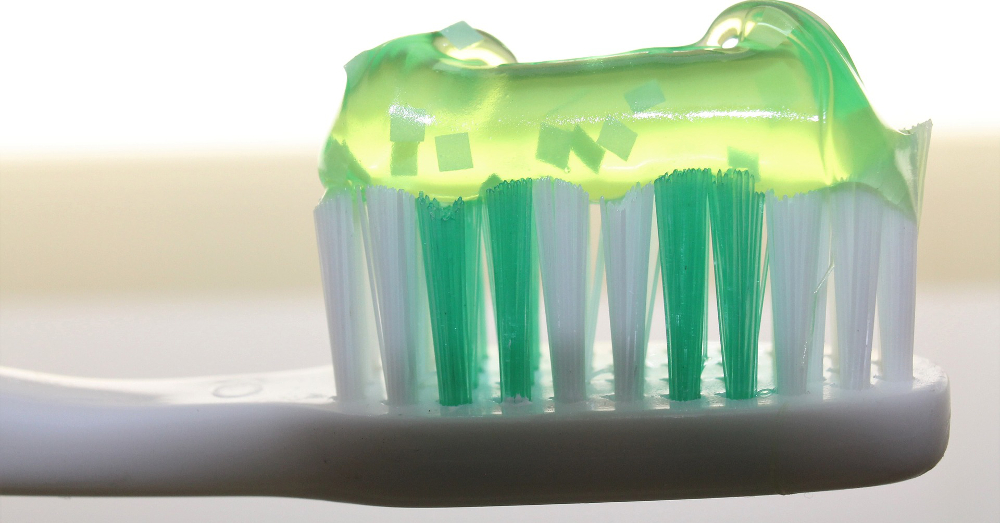
Triclosan Sticks to Toothbrushes, Exposing Users Even After They Switch Toothpaste
The US Food and Drug Administration’s ban on triclosan in hand soaps and body wash took effect September, 2017. But the antimicrobial and its chemical relatives are still legally on the ingredient lists for loads of other products Americans and people all over the world put on their skin and in their mouths. Prime among the triclosan-ridden products are toothpastes—and toothpaste may be causing us to ingest more triclosan than we think.
October 25, 2017 | Source: Quartz | by Zoë Schlanger
The US Food and Drug Administration’s ban on triclosan in hand soaps and body wash took effect September, 2017. But the antimicrobial and its chemical relatives are still legally on the ingredient lists for loads of other products Americans and people all over the world put on their skin and in their mouths. Prime among the triclosan-ridden products are toothpastes—and toothpaste may be causing us to ingest more triclosan than we think.
Research published Wednesday (Oct. 24) in the journal Environmental Science & Technology found that triclosan from toothpaste clings to some toothbrush bristles, and to the parts of some toothbrushes designed for tongue-scrubbing. In the study, even after the test subjects switched to a non-triclosan formula, they continued to be exposed to triclosan for up to two weeks.
For the paper, the researchers tested 22 toothbrushes, selecting most of them off of “bestseller” lists. After simulating three months’ worth of brushing with a triclosan toothpaste (a category that includes brands you’ve almost certainly used), more than a third of the brushes accumulated a lot of triclosan—between seven and 12 times the amount a person is exposed to in one brushing. After switching to a non-triclosan toothpaste, the brushes continued releasing triclosan for the following two weeks.
Besides sticking to the nylon bristles, the triclosan adhered to the parts of the toothbrushes made from elastomers—polymers that have elastic qualities, like rubber. On a toothbrush, that’s typically the part on the opposite side of the brush, used to scrub your tongue or cheek.
The “relatively high dosage” of triclosan in toothpaste (3 milligrams per gram of toothpaste) combines with a person’s saliva (about 1-3 milliliters of it) to create an “ideal environment for its uptake by toothbrush head components,” according to the paper.
